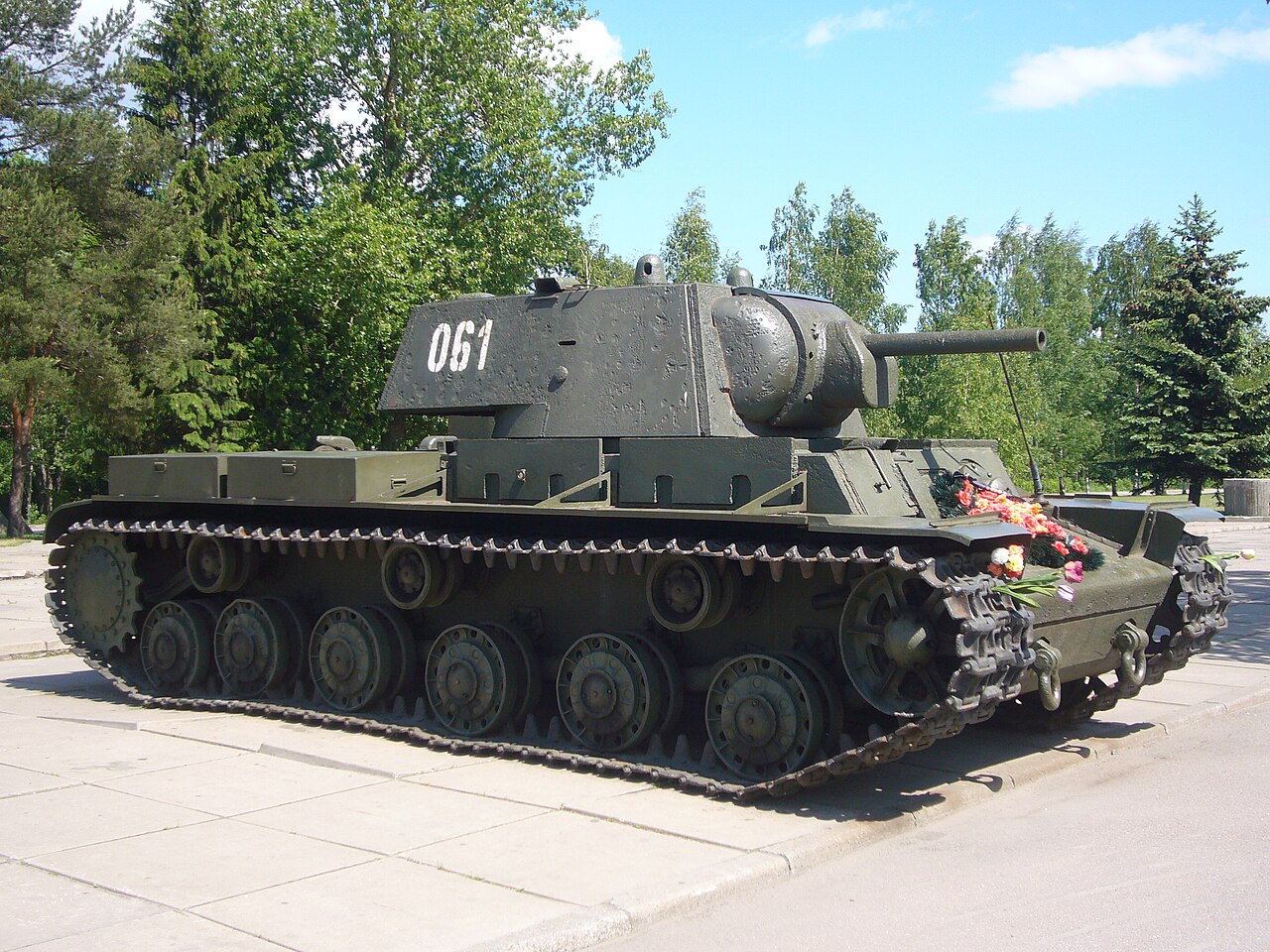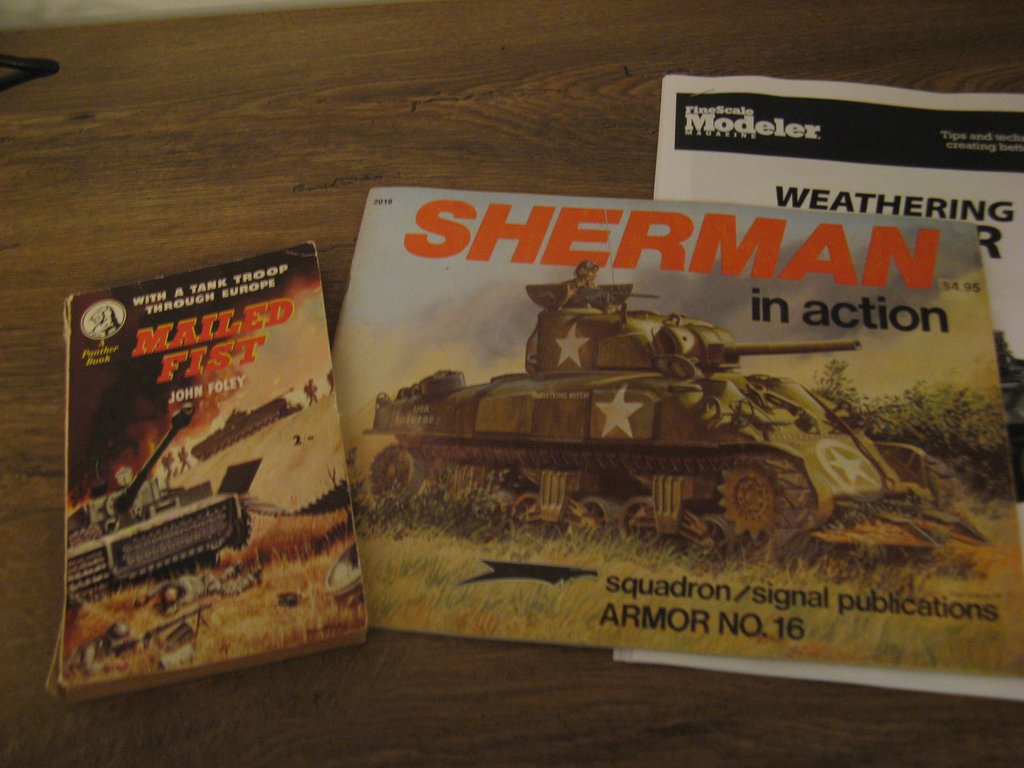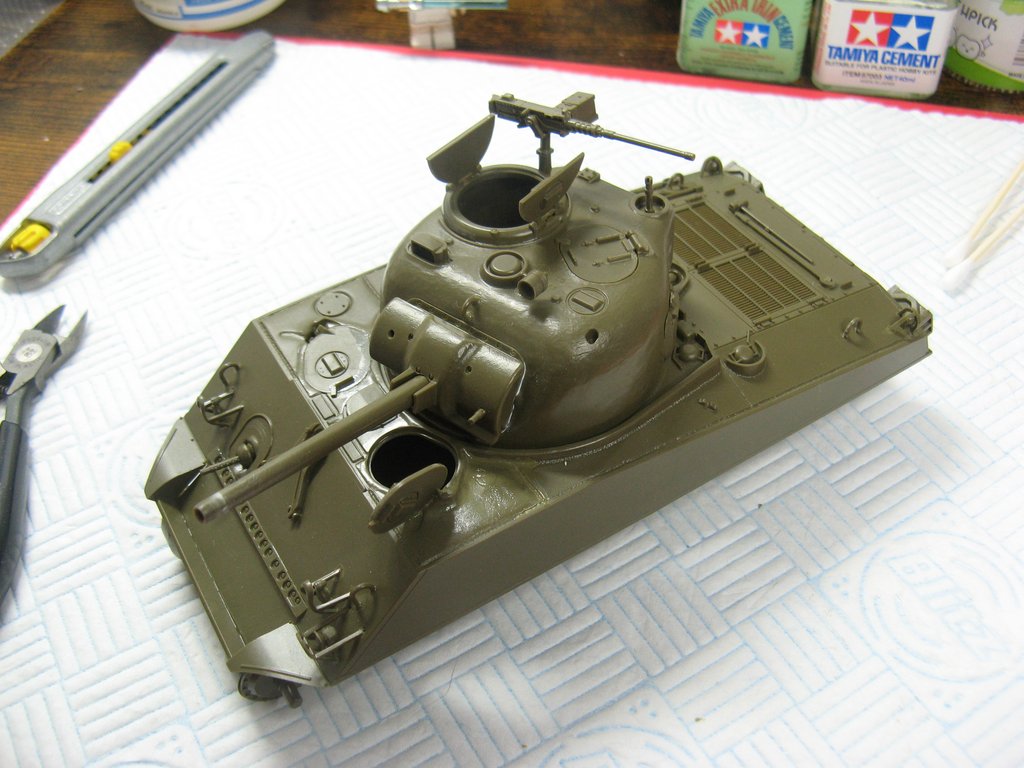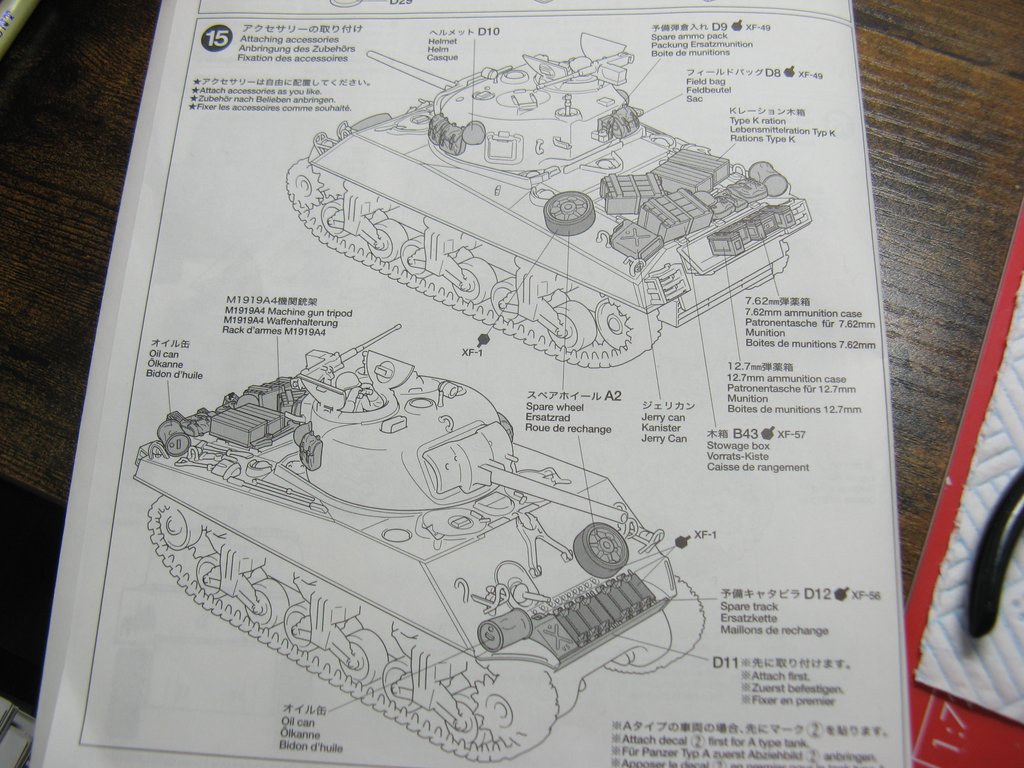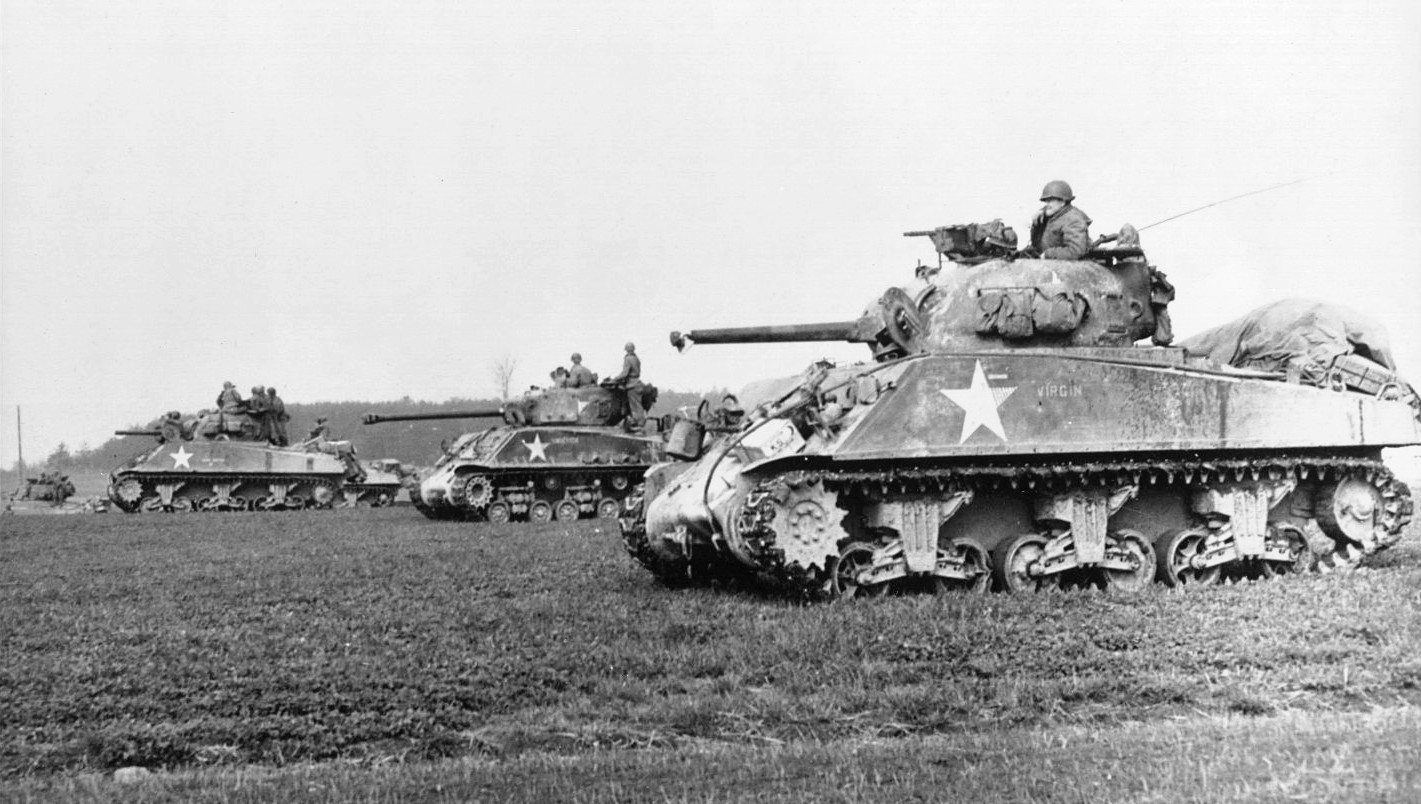The sponsons are indeed a logical place for ammo stowage: there’re plenty of room there, and they’re easy to get to. All major German tanks, from the Panzer III to the Tiger II, stowed a lot of their main-gun ammunition in the sponsons, but nobody seems to call them “Jerry cookers” or “
IMCOs”

What probably didn’t help in the case of American tanks is that the USA didn’t have any practical war experience at the time, and though they were sort of willing to listen to British suggestions, they didn’t exactly put all that much trust in British judgement in the matter. The reason for
that was mainly that British tank designs of the 1930s/early 40s were not great, coupled to American tank doctrine being outdated (they tended to see the tank as an infantry weapon rather than one in its own right, so they kept sticking superfluous machine guns on it, for example). The British, OTOH, had both combat experience in modern tank warfare and the knowledge that their own designs were lacking somewhat. About the only concession the Americans were willing to make to British experience and practice, though, was to put the radio into the turret.
It makes sense that they would try to cut costs, though, especially when the performance of the plane in actual warfare wasn’t known yet. I take it they put a self-sealing tank in later, though?


 Funny, I've mudded up some small 1/76 stuff, but that was just a case of dark earth paint, acrylic medium and a citadel wash. This larger scale stuff I can see needs a lot more care - but I'd like to get it right, so I'm looking forward to learning some new techniques and investing some in some new products.
Funny, I've mudded up some small 1/76 stuff, but that was just a case of dark earth paint, acrylic medium and a citadel wash. This larger scale stuff I can see needs a lot more care - but I'd like to get it right, so I'm looking forward to learning some new techniques and investing some in some new products.